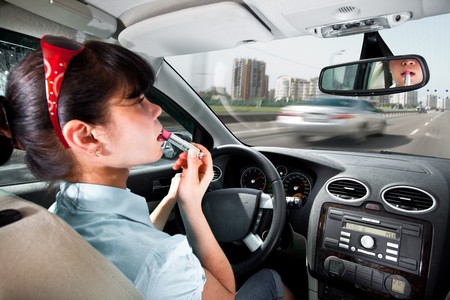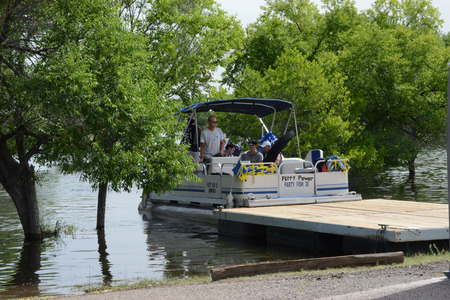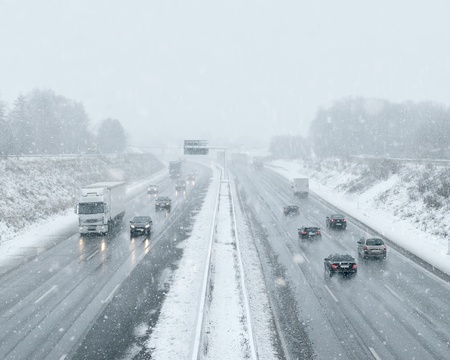Halloween can be an exciting time for children and adults. It can also potentially be dangerous. Following simple safety tips can keep you and your loved ones safe. Check out these tips to play it safe on Halloween, so you can enjoy the festivities and have a good time.
Plan Your Trick-or-Treating Route in Advance
Know where you plan to go before you leave your house. Planning your route out ahead of time will prevent you and your little ones from walking to far and realizing too late that you are a long way from home.
Increase Visibility
Add reflective tape to costumes or treat bags. Drivers expect to see trick-or-treaters out on Halloween, but make sure you and your children are visible. Carry a flashlight to light your way and make it easier for motorists to spot you.
Find the Right Costume
Choose a costume that is easy to move around in. If your child plans to wear their costume to school it should fit comfortably and in no way interfere with any normal daily activities. Costumes that limit mobility can make for a long and difficult evening of trick-or-treating. Make sure no part of the costume drags on the ground. This can make it easy for the child wearing the costume to trip, but it could also trip up people walking as part of the same group. Make sure shoes are comfortable and suitable for walking around your neighborhood. Masks can be fun to wear, but try to avoid masks altogether as they may make it difficult to see or even breath.
Be Mindful of Props
Some costumes require a prop to pull the entire look together. Make sure the prop is safe and easy to carry and there are no sharp edges. It needs to be light enough that your child can easily carry the prop along with their treat bag while out and about. If your child plans to wear their costume to school make sure they can carry their costume prop on the bus and during class.
Inspect Candy
When you return home from trick-or-treating inspect all of your child’s candy before they are allowed to eat anything. Any items that appear to not be in their original packaging, or if the wrapper is unsecure should be thrown away.
Have a Happy and Safe Halloween
Halloween can fun and exciting. Putting these Halloween tips to use can help keep you and your children safe and reduce the risk or harm or injury. Safe decisions around how you celebrate Halloween allow you to enjoy time spent with loved ones.







